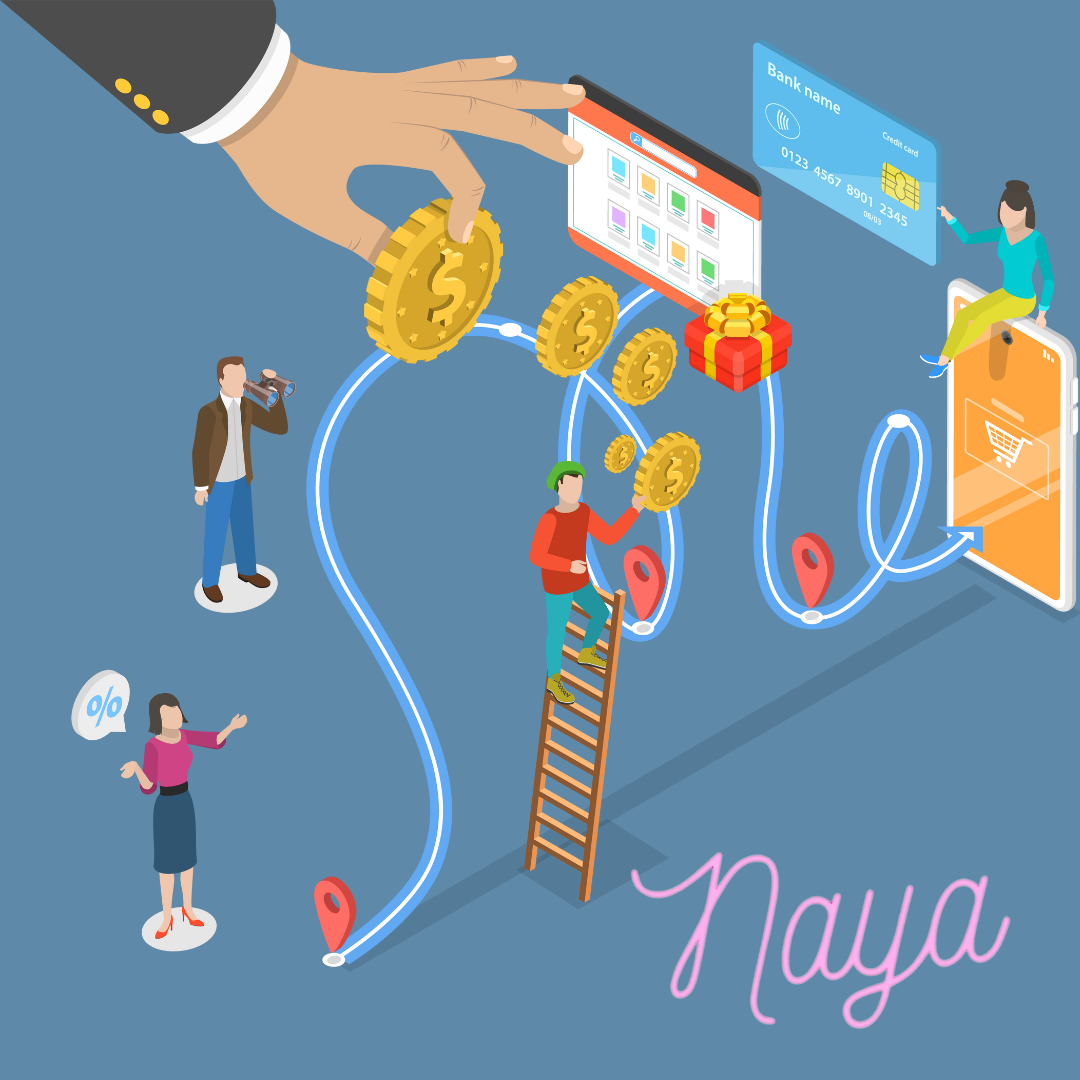The buyer’s journey is a fundamental concept in marketing and sales that describes the process buyers go through before making a purchase. Understanding this journey is crucial for developing effective sales and marketing strategies. By mapping out the buyer’s journey, you can tailor your efforts to meet the specific needs and preferences of your prospects at each stage, ultimately improving your conversion rates and driving growth. In this blog, we’ll explore the key stages of the buyer’s journey and how to optimize your sales process for each stage.
1. Awareness Stage
The awareness stage is the first phase of the buyer’s journey, where potential customers realize they have a problem or need. At this point, they are seeking information to better understand their issue. Your goal during this stage is to attract their attention and provide valuable insights.
Strategies for the Awareness Stage:
- Content Marketing: Create educational content such as blog posts, articles, videos, and infographics that address common problems or questions your target audience may have. Optimize this content for SEO to ensure it ranks well in search engine results.
- Social Media Marketing: Use social media platforms to share your educational content and engage with your audience. Participate in relevant discussions and offer helpful advice.
- Paid Advertising: Utilize pay-per-click (PPC) advertising to target keywords related to the problems your audience is experiencing. Direct traffic to landing pages with informative content.
2. Consideration Stage
In the consideration stage, potential customers have clearly defined their problem or need and are now exploring different solutions. They are evaluating various options, including your product or service. Your goal is to position your offering as the best solution.
Strategies for the Consideration Stage:
- In-Depth Content: Offer detailed content such as whitepapers, eBooks, case studies, and webinars that compare different solutions and highlight the benefits of your product or service.
- Email Marketing: Nurture leads by sending targeted emails that provide additional information and resources. Segment your email list based on the specific interests and behaviors of your leads.
- Retargeting Ads: Use retargeting ads to reach prospects who have visited your website or engaged with your content but have not yet made a decision. These ads can remind them of your offering and encourage further consideration.
3. Decision Stage
The decision stage is where potential customers are ready to make a purchase decision. They have evaluated their options and are now looking for validation to confirm their choice. Your goal is to provide the final push that convinces them to choose your product or service.
Strategies for the Decision Stage:
- Product Demonstrations: Offer live demos or free trials of your product to allow prospects to experience its benefits firsthand.
- Customer Testimonials and Reviews: Showcase testimonials, reviews, and case studies from satisfied customers to build trust and credibility.
- Special Offers: Provide incentives such as discounts, free consultations, or limited-time offers to encourage prospects to take the final step and make a purchase.
- Sales Follow-Up: Have your sales team follow up with prospects who are in the decision stage to answer any remaining questions and address any concerns.
4. Post-Purchase Stage
While the post-purchase stage is not traditionally included in the buyer’s journey, it is crucial for long-term success. This stage focuses on ensuring customer satisfaction and fostering loyalty, leading to repeat business and referrals.
Strategies for the Post-Purchase Stage:
- Onboarding and Support: Provide excellent onboarding and customer support to help new customers get the most out of your product or service.
- Follow-Up Communications: Send follow-up emails to check in on customers, gather feedback, and offer additional resources.
- Loyalty Programs: Implement loyalty programs or referral incentives to encourage repeat business and word-of-mouth marketing.
Conclusion
Understanding the buyer’s journey is essential for developing a successful sales and marketing strategy. By recognizing the distinct stages—awareness, consideration, decision, and post-purchase—you can create targeted content and campaigns that address the specific needs of your prospects at each stage as well as improves the customer experience. This approach not only improves the customer experience but also increases the likelihood of converting leads into loyal customers. Remember, the key to success is continuous monitoring and optimization of your sales process to align with the evolving needs of your buyers.


